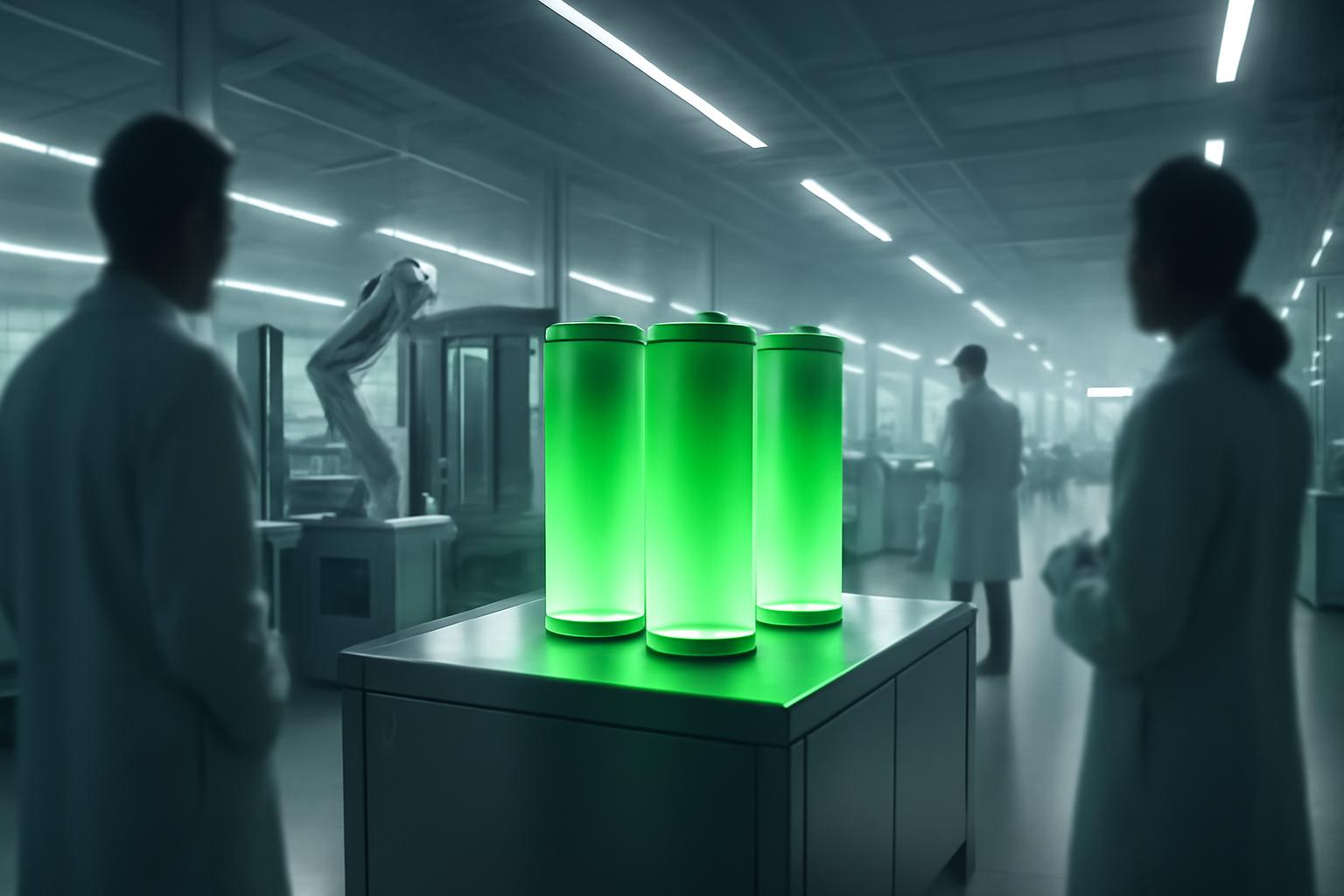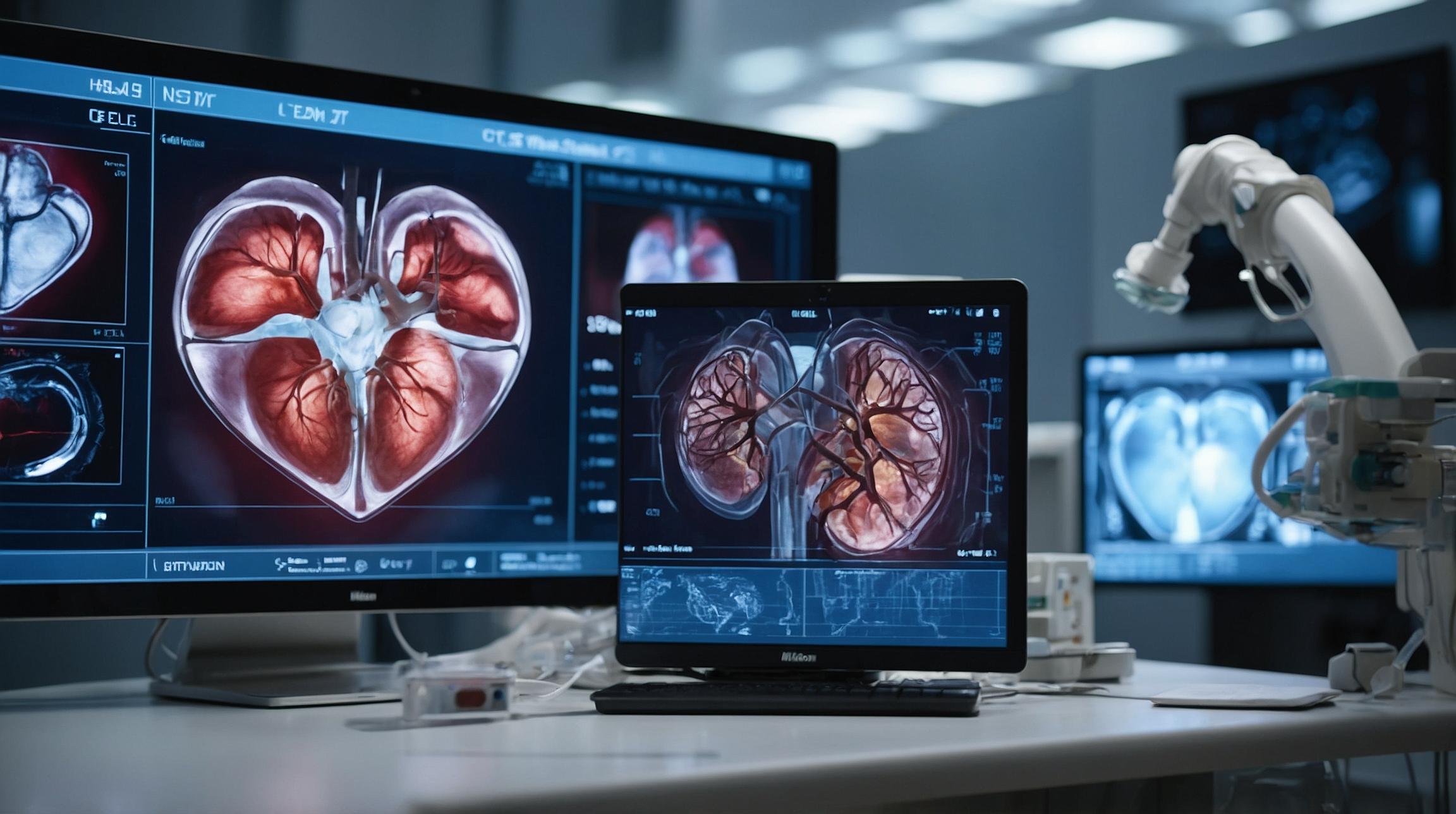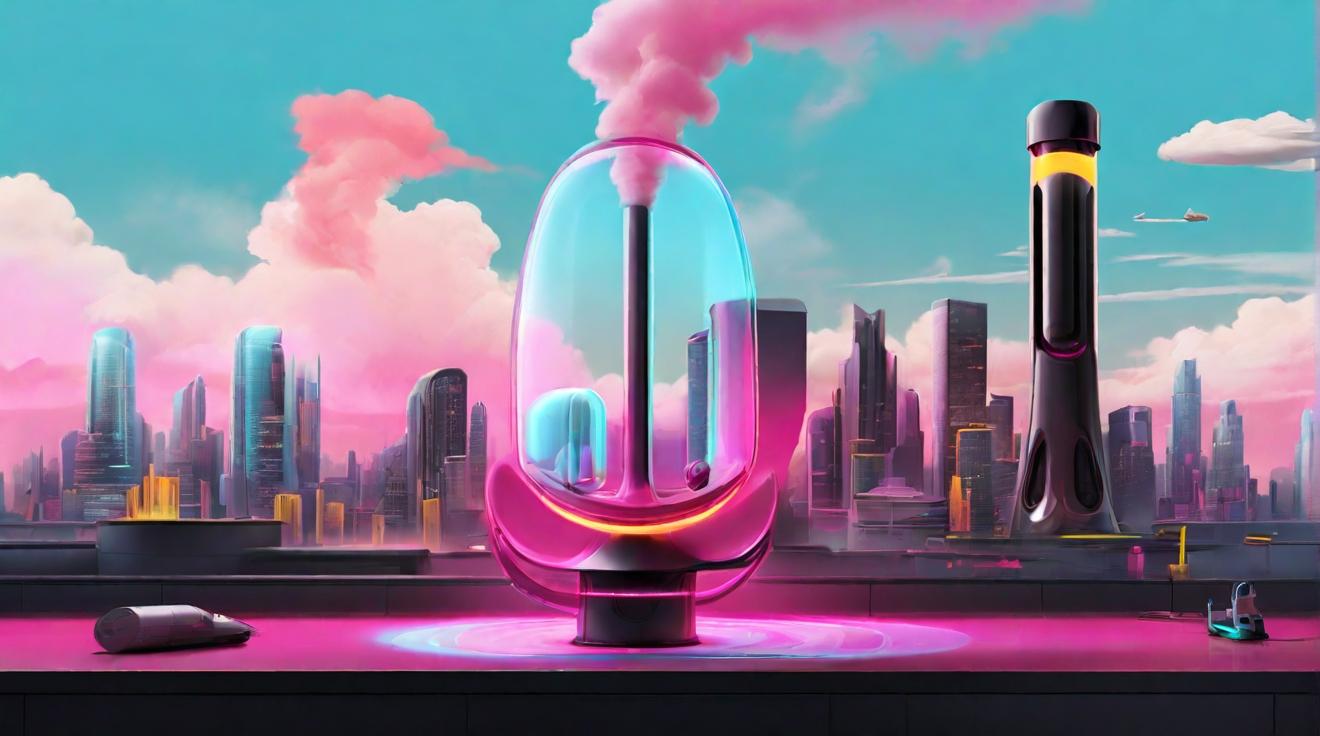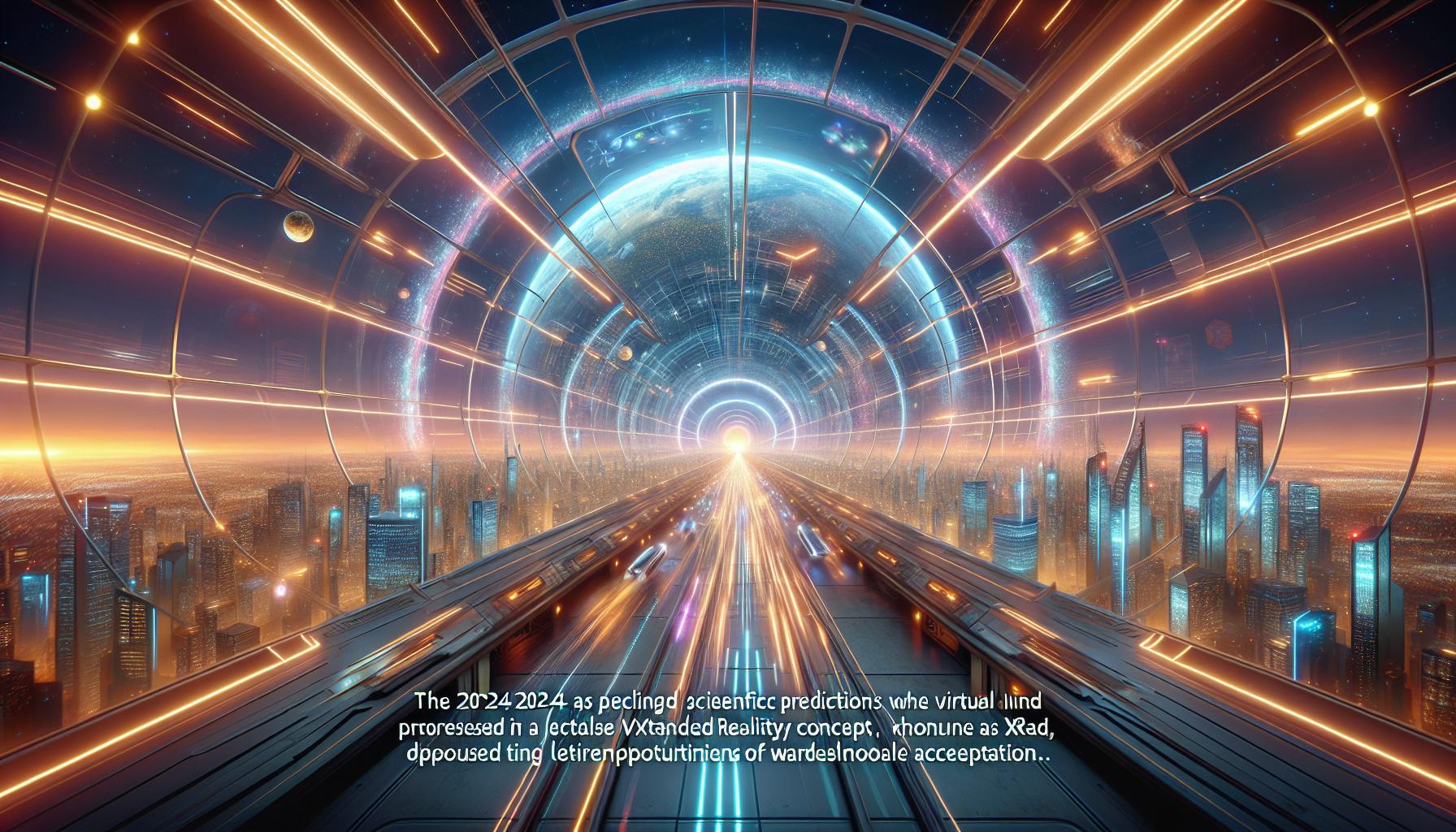Sila Launches U.S. Factory to Produce Silicon Anodes for EV Batteries
Sila, a pioneering battery materials startup, officially commenced operations at its new manufacturing facility in Moses Lake, Washington. The factory is designed to produce silicon anode materials initially sufficient for 20,000 to 50,000 electric vehicles (EVs), marking the first large-scale silicon anode production plant in the Western hemisphere. With nearly two years of construction and a $375 million investment, Sila’s factory represents a significant milestone in U.S. battery manufacturing, positioning the country to compete more effectively in the global EV battery market.
Silicon Anodes: Enhancing Battery Energy Density
Silicon anode technology has the potential to increase the energy density of lithium-ion batteries by up to 50%, a transformative improvement for EV performance and range. Sila has dedicated 14 years to developing this technology, which co-founder and CEO Gene Berdichevsky highlights as a strategic advantage for the U.S. in the global battery race.
“When you invent something new, it’s a lot easier to then produce it where you invent it,” said Berdichevsky, underscoring the importance of domestic manufacturing.
Strategic Partnerships and Diverse Applications
Sila has secured supply agreements with major industry players such as Panasonic and Mercedes-Benz, focusing primarily on the automotive sector. Beyond EVs, the company also caters to drone manufacturers, satellite companies, and consumer electronics firms, demonstrating the versatility of its silicon anode materials.
Competitive Landscape and Industry Context
While Sila is a key player, it is not alone in the silicon anode space. Competitors include Group14 Technologies, which operates a facility in South Korea developed with SK Innovation, and Amprius, which produces materials both in the U.S. and China. Sila’s Moses Lake plant distinguishes itself as the first U.S.-based auto-scale silicon anode factory, reinforcing the nation’s capacity to produce advanced battery materials domestically.
Strategic Site Selection in Washington State
The choice of Moses Lake for the factory leverages several competitive advantages: abundant and affordable hydropower, ample land availability, and proximity to suppliers of key raw materials. These factors contribute to a cost-efficient production process critical to scaling silicon anode manufacturing.
“The cost structure of this technology is predicated on low cost energy — one of the big inputs — and then some key precursors, and we have that in Washington,” explained Berdichevsky.
Initial Production and Quality Assurance
The factory’s initial output will validate the consistency and quality of silicon anode materials compared to samples produced at Sila’s R&D facility in Alameda. This step is crucial to meeting customer expectations and scaling production reliably.
Outlook: Cost Reduction and Market Expansion
Sila anticipates that batteries incorporating its silicon anode materials will become more cost-effective than those using traditional graphite anodes sourced from Western suppliers. Though Chinese graphite anodes remain cheaper due to subsidies and looser environmental regulations, Sila aims to offer a competitive domestic alternative. The technology also enables automakers to reduce reliance on expensive battery components like nickel, while delivering fast charging and maintaining performance.
- Cheaper battery production through domestic silicon anode materials
- Reduced use of costly materials such as nickel
- Faster charging capabilities with consistent performance
Sila’s leadership expects EV sales in the U.S. to reach around 10 million vehicles within the next decade, necessitating multiple production sites to meet demand. Plans also include international expansion to Europe and Asia, though the company remains committed to its U.S. manufacturing base.
“As a country, if you don’t make stuff, where’s your pride going to come from? It’s just so important for us as a country to continue to learn to do this and create the ecosystem so that we can never fall behind again,” Berdichevsky stated.
FinOracleAI — Market View
Sila’s inauguration of the Moses Lake silicon anode factory marks a pivotal moment in U.S. battery manufacturing, enhancing the country’s position in the competitive EV market. The factory’s scalable production capacity and strategic location underpin its potential to drive cost reductions and supply chain resilience.
- Opportunities: Domestic production reduces dependence on foreign supply chains, supports faster EV adoption, and encourages further technological innovation in battery materials.
- Risks: Competition from established players in Asia, potential scaling challenges, and the need for sustained capital investment to expand capacity.
Impact: Sila’s factory launch positively impacts the EV battery industry by advancing domestic manufacturing capabilities, promising higher energy density batteries, and fostering a more resilient supply chain for future electric vehicle growth.













